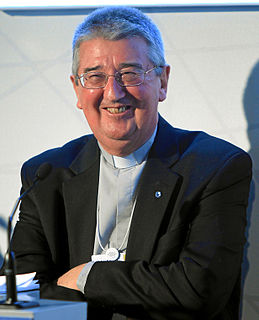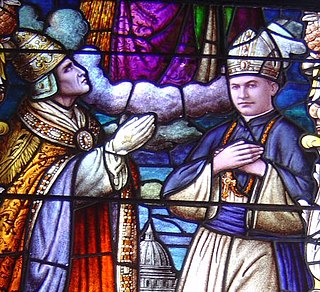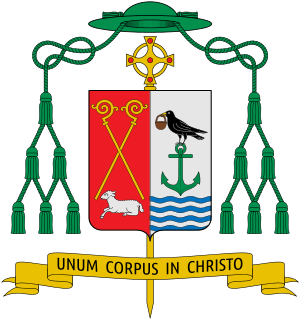The Peerage of Ireland consists of those titles of nobility created by the English monarchs in their capacity as Lord or King of Ireland, or later by monarchs of the United Kingdom of Great Britain and Ireland. The creation of such titles came to an end in the 19th century. The ranks of the Irish peerage are Duke, Marquess, Earl, Viscount and Baron. As of 2016, there were 135 titles in the Peerage of Ireland extant: two dukedoms, ten marquessates, 43 earldoms, 28 viscountcies, and 52 baronies. The Crown of the United Kingdom of Great Britain & Northern Ireland continues to exercise jurisdiction over the Peerage of Ireland, including those peers whose titles derive from places located in what is now the Republic of Ireland. Article 40.2 of the Irish Constitution forbids the state conferring titles of nobility and a citizen may not accept titles of nobility or honour except with the prior approval of the Government. As stated above, this issue does not arise in respect of the Peerage of Ireland, as no creations of titles in it have been made since the Constitution came into force.
Fachtna of Rosscarbery, known also as Fachanan, was the founder of the monastery of Rosscarbery, County Cork. He died around 600.

The United Dioceses of Dublin and Glendalough is a diocese of the Church of Ireland in the east of Ireland. It is headed by the Archbishop of Dublin, who is also styled the Primate of Ireland. The diocesan cathedral is Christ Church Cathedral, Dublin.

The Archbishop of Dublin is a senior bishop in the Church of Ireland, second only to the Archbishop of Armagh. The archbishop is the diocesan bishop of the United Dioceses of Dublin and Glendalough and the metropolitan bishop of the Province of Dublin, which covers the southern half of Ireland, and he is styled Primate of Ireland.

The Archbishop of Dublin is the title of the senior cleric who presides over the Archdiocese of Dublin. The Church of Ireland has a similar role, heading the United Dioceses of Dublin and Glendalough. In both cases, the Archbishop is also Primate of Ireland. The Archbishop has his seat at Saint Mary's Pro-Cathedral, though formally Dublin's cathedral is still Christchurch Cathedral, Dublin.
The Diocese of Ross was a separate diocese situated in south-west Ireland. Following the Reformation, there were two dioceses. In the Church of Ireland, the diocese is now part of the Diocese of Cork, Cloyne and Ross. In the Roman Catholic Church, it is part of the Diocese of Cork and Ross. In the 19th century, an exclave of the diocese existed around that part of the Beara peninsula in County Cork including the area around Glengariff though not as far east as Bantry. The main diocesan territory was centred on the towns of Baltimore, Skibbereen, Rosscarbery and Clonakilty which lie along the modern national road N71.
Mervyn Archdall was an Irish antiquary and clergyman of the Church of Ireland.
The Diocese of Duleek was an Irish diocese, firstly subsumed by the Diocese of Meath and now within the Diocese of Meath and Kildare.
John Lodge (1692–1774) was an English archivist and historian, best known for his work The Peerage of Ireland, a complete genealogical history of Irish peers.
The Bishop of was head of an historic Irish diocese, firstly subsumed by the Diocese of Meath and now within the Diocese of Meath and Kildare.
Cormac O'Ruadrach was an Irish priest in the eleventh century: the only recorded Archdeacon of Fore.
Tuathal Ua Connachtaig was an Irish bishop in the 12th century.
Moel Finian was an Irish bishop in the 10th century: the son of Uchtain he was also abbot of Kells.
The Diocese of Slane was an Irish diocese created in 513 by St Erc, firstly subsumed by the Diocese of Meath and now within the Diocese of Meath and Kildare.
The Archdeacon of Drumcliffe was a senior ecclesiastical officer within the Diocese of Drumcliffe. They held office between the tenth and the thirteenth centuries.
Siadhail was Abbot and possibly Bishop of Roscommon in the 9th century:
James Hamilton (1636-1689) was an Anglican priest in Ireland during the 17th Century.





